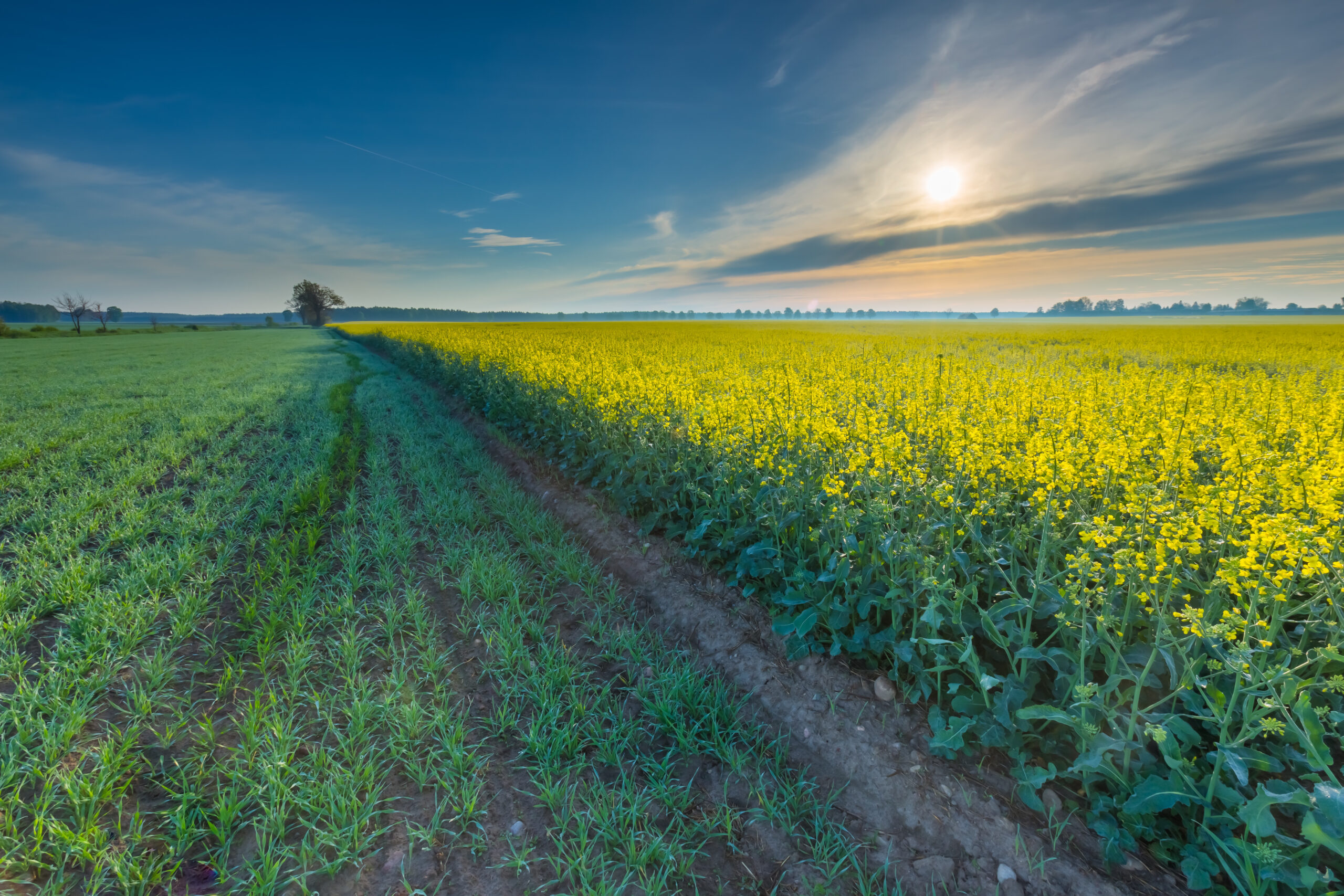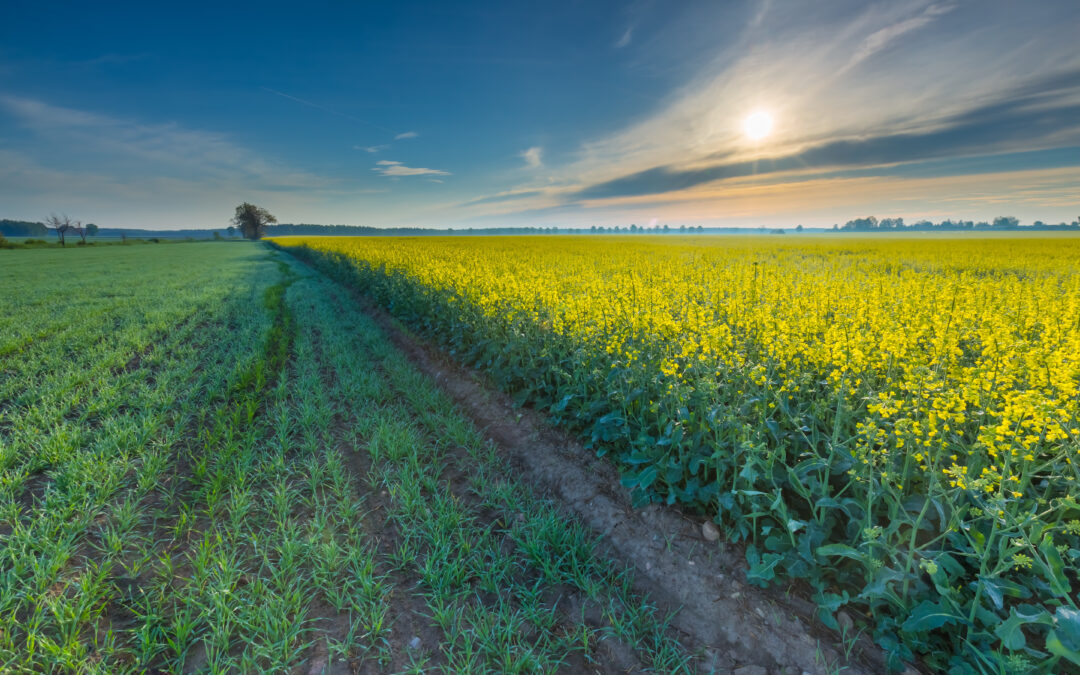Welcome to Homesteading 101! In this blog post, we will cover everything you need to know about creating a self-sufficient home farm. Whether you are looking to live sustainably or just want to grow your own food, homesteading is the perfect choice for you. Let’s get started!
Introduction to Homesteading:
Homesteading is the practice of living in a way that allows you to be self-sufficient and independent from modern society. This includes growing your own crops, raising livestock on a small scale, harvesting rainwater, using renewable energy sources, and more. The goal of homesteading is to reduce waste, conserve resources, and create a healthier lifestyle for yourself and your family.
Choosing the Right Land for Your Home Farm:
When choosing land for your home farm, there are several factors to consider. Firstly, you should look at the climate and soil conditions to determine what types of crops can be grown successfully. You also want to make sure that the property has access to water, either through wells or streams. Additionally, it’s important to think about the location of your property and how far away you are from major cities or towns. Finally, consider the size of the property and whether it will meet all of your needs.
Planning Your Garden and Crops:
Once you have chosen the right land for your home farm, it’s time to start planning your garden and crops. Start by researching which plants thrive in your area and choose ones that are easy to maintain and provide high yields. Consider planting vegetables like tomatoes, lettuce, carrots, and potatoes. It’s also important to plan out where each crop will be planted and how much space they will require. Make sure to leave enough room between plants so that they receive adequate sunlight and airflow.
Raising Livestock on a Small Scale:
If you’re interested in raising livestock on a small scale, there are many options available to you. Chickens are one popular option because they produce eggs and meat, making them an excellent source of protein. Goats are another great choice because they can be used for milk, cheese, and meat. If you have more space, you could even consider raising pigs or cattle. Remember to do plenty of research beforehand to ensure that you understand the care requirements for each animal.
Harvesting and Preserving Your Crops:
After months of hard work, it’s finally time to reap the benefits of your labor! Harvesting your crops involves collecting the fruits (or veggies) of your labor and preserving them for later use. There are several ways to preserve your crops, including freezing, canning, and dehydrating. Freezing is ideal for fruits and vegetables that don’t last long, while canning is best suited for soups, jams, and pickles. Dehydration is perfect for herbs and spices.
Sustainable Living Practices for Self-Sufficiency:
One of the key principles of homesteading is living sustainability. This means finding ways to minimize waste and maximize resources. Some common practices include composting, recycling, conserving water, and using renewable energy sources such as solar power or wind turbines. By adopting these practices, you can reduce your carbon footprint and help protect the environment.
The Benefits of Homesteading:
There are numerous benefits to homesteading, both for you and the planet. For starters, you will save money on groceries since you will be able to grow your own food. You will also enjoy fresher, tastier produce than anything you can buy at the store. Additionally, homesteading promotes physical activity and mental clarity, leading to better overall health. Finally, by reducing waste and conserving resources, you are helping to protect the environment for future generations.
Common Mistakes to Avoid When Starting a Home Farm:
While homesteading can be incredibly rewarding, it’s not without its challenges. One common mistake newbie homesteaders make is trying to take on too much at once. Instead, focus on mastering one aspect of homesteading at a time, such as growing crops or raising chickens. Another mistake is underestimating the amount of work involved. Homesteading requires a significant investment of time and effort, so make sure you’re up for the challenge.

Resources for Beginner Homesteaders:
If you’re new to homesteading, there are plenty of resources available to help guide you along the way. Check out books like “The Backyard Homestead” by Carleen Madigan or “Mini Farming: Self-Sufficiency on 1/4 Acre” by Brett L. Markham. You can also join online communities like the Permaculture Institute or attend local workshops and classes. With dedication and persistence, anyone can become a successful homesteader!





